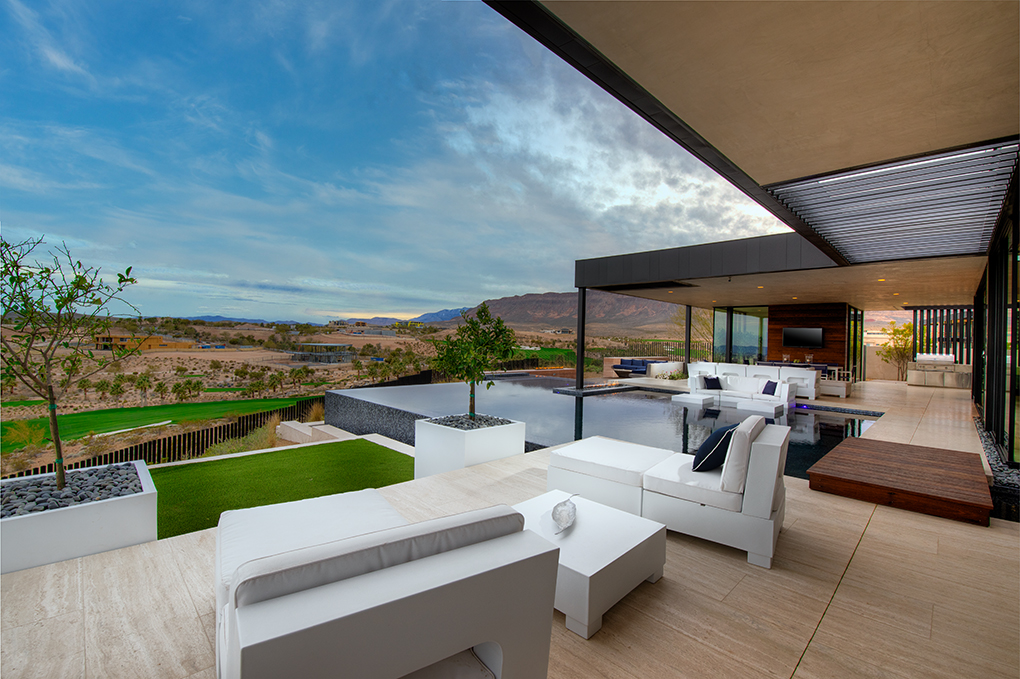The essential skill of value engineering to fight escalating lumber prices
Escalating lumber prices continues to be THE big issue in custom home building. As we write this in May 2021, costs for framing lumber and plywood are three times what they were a year ago. That’s right—they’ve tripled. It’s insane.
They might go even higher. An April 14 Business Insider article predicted a further 12% rise this year. Timber companies got way behind during the COVID shutdowns and, thanks to record demand for suburban homes from people fleeing big cities, have yet to catch up.
But the news is not all bad. Despite the recent rise in prices, other market data indicates that lumber prices will start coming down over the next few months and into 2022. While it may take some time to get back to pre-pandemic prices, the timber industry – like many industries in our great country – is resilient and is well on its way to recovery. It’s just a matter of time.
But until then, there are ways to continue building without blowing the budget out of the water. Careful estimating and a creative custom home builder can ease the homeowner through this uncertain period to keep projects both on-time and on-budget.
In the current environment, estimating the cost of a job can feel like predicting next week’s grocery bill in Venezuelan dollars. Lumber companies that have always guaranteed pricing for 30 days or more have now cut guarantees to 7 days.
If you’re planning a custom home, all this can feel discouraging. But while the news media seems on a mission to amplify that discouragement, the fact is that good planning will ease the pain.
A professional custom builder is a powerful ally in this effort. The custom home builder knows that lumber is just one piece of the puzzle and can suggest creative ways to reduce overall costs while still creating the home you want.
It’s called value engineering—a fancy term for carefully planning every part of the job to optimize the return on every dollar. But while the concept is simple, execution takes real know-how.
This is one of those skills that separates the real pro from the merely competent builder. The pro knows that value engineering isn’t cost-cutting per se. Rather, it’s a creative approach to meeting homeowner priorities.
Items that can be value engineered include floor plans, elevations and product choices. The custom home builder will study the plans and specs (or the concept, if plans haven’t been drawn), walk the building site, and then suggest ways to reduce cost while maintaining quality.
It’s about making creative, informed choices.
These choices aren’t what you might think. We all know that a home with a complex roof, lots of corners, and granite counters will cost more to build than a simple box with a straight gable roof and laminate surfaces. But most custom homebuyers reject those sacrifices.
Real value engineering is more subtle. You may be able to shave tens of thousands from the budget with small adjustments that have only minimal impact on how the home looks and feels—if you know what you’re doing.
How does the custom home builder know what adjustments to make? By asking the right questions in the right way.
For instance, if the homeowners aren’t likely to use the front porch very often, making it smaller may be an option. If they care more about the master bath than the kitchen, they might be OK with more basic kitchen fixtures and appliances.
The builder might also suggest changing the facade in places. Moving windows a few inches to the left or right could eliminate wall studs. Adjusting the home’s footprint could reduce roofing and siding waste without sacrificing indoor space. Working with subcontractors to redesign pipe, wire and duct runs can also save money.
The trick is knowing which more-affordable materials and designs deliver the needed performance, aesthetic and warranty features.
The bottom line is that while lumber has been getting a lot of press, it’s just one cost. Good value engineering can help offset crazy price trends by considering the house as a whole. The ability to do this well is a hallmark of a professional custom home builder.



